In southern Louisiana, life revolves around the Mighty Mississippi River. For as long as man can remember, the river has brought life to this region. When the earliest French explorers arrived, they found the Houma tribe to be residing in what would become Louisiana. They understood the value of this impressive waterway which supplied a thoroughfare inland. Centuries later, it is still the river that calls to the people of the land. While the rise and fall have been controlled by levees, the river remains untamed. A new attraction in the Louisiana River Parishes is the Great River Road Steamboat Museum, which is designed to show how we are navigating the Mighty Mississippi.
We want to thank Louisiana River Parishes and Houmas House for their hospitality. Rest assured all opinions are our own.
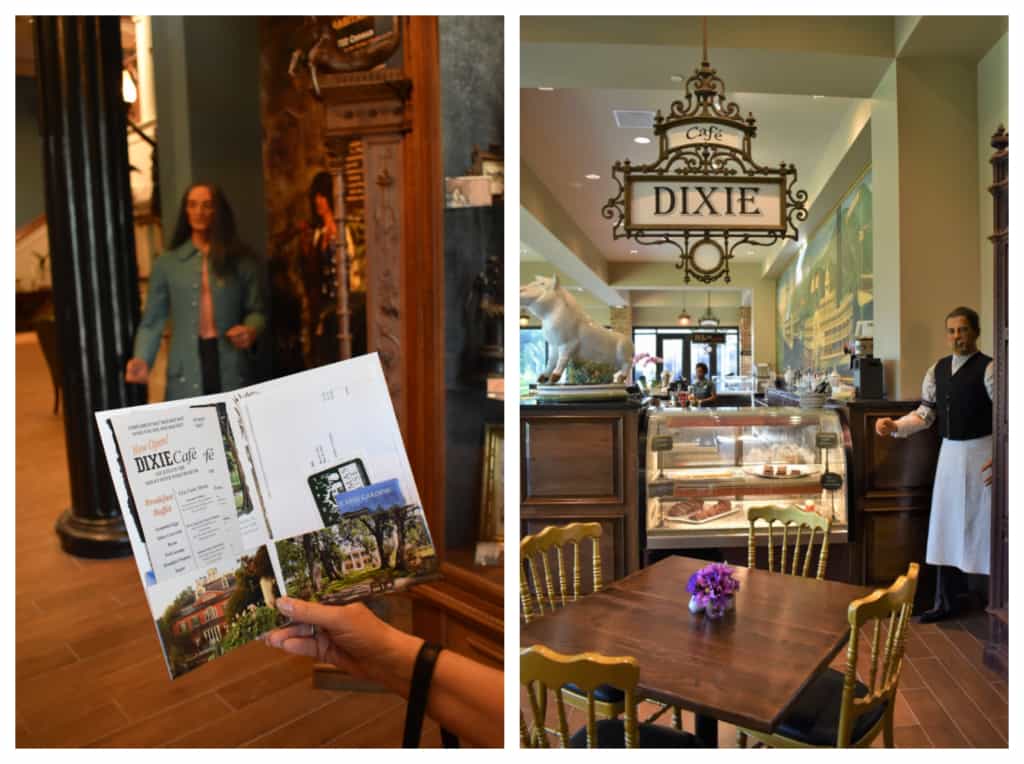
Navigating Breakfast
Being guests of Houmas House, we were excited to sample the morning breakfast at the Dixie Café. Our packet of goodies included two passes and we found that arriving early gave us the place nearly to ourselves. As we dined, our discussion revolved around the amazing landscape of this plantation. Before we left the restaurant, we were honored with a chance to speak with Kevin Kelly, the property owner who actually lives in the majestic home. After a brief chat, we moved on to our museum tour.
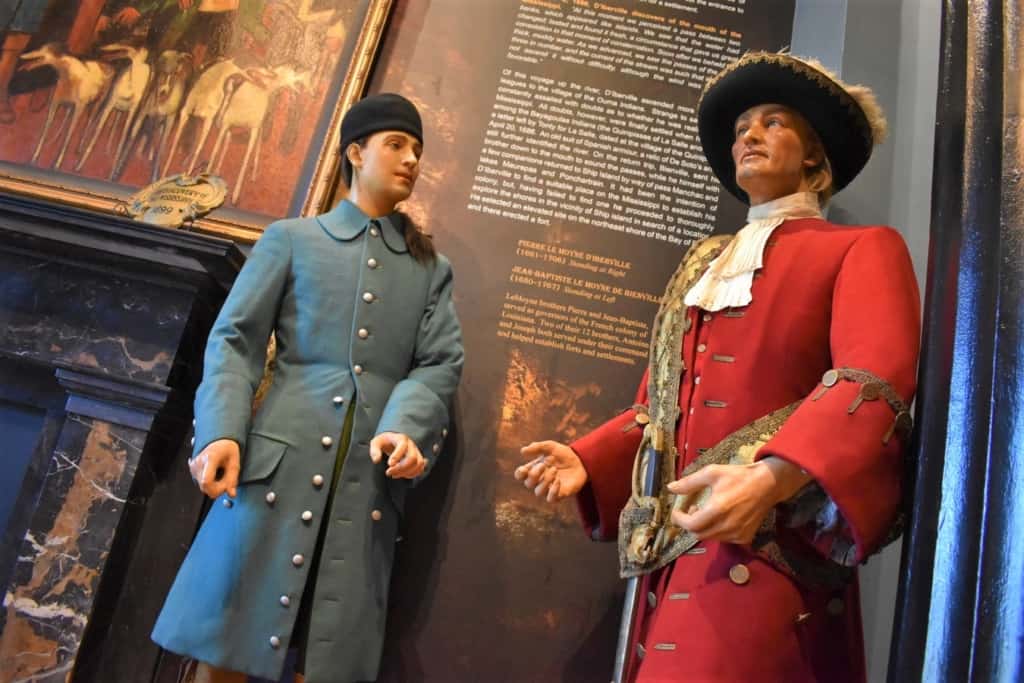
Early Exploration
Entering the grand foyer, we discovered an assortment of displays that whet the appetite for the main course that is to come. Here we were introduced to some of the key players in the region. Besides the background on the Houma tribe, we also found a couple of names that are common to the foundation of the cities along the southern Gulf Coast. The LeMoyne brothers explored the shorelines along the coast and discovered the safe harbors that would become New Orleans and Mobile, Alabama.
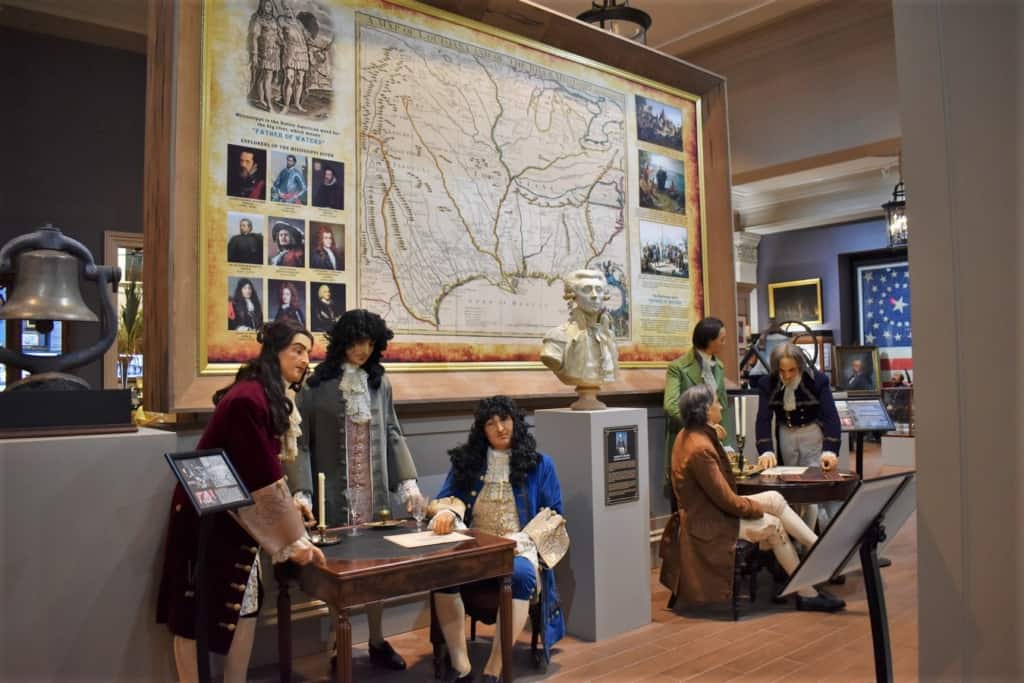
Expanded Territory
Stepping into the museum, we fast forward to a period when ships were regularly navigating the Mighty Mississippi. A vast section of the interior of the continent was controlled by France. For the United States to grow, it needed land. Changing dynamics in Europe concerned the legislators in Washington. Delegates were sent to France to seek the purchase of New Orleans. To their surprise, they were offered a deal that would sell all of France’s holding, in the continent, to the United States. A drawn-out war with Britain had taxed France’s economy and they were in need of a cash injection. While this $11 million deal was beneficial for a growing nation, it did not pass unnoticed.
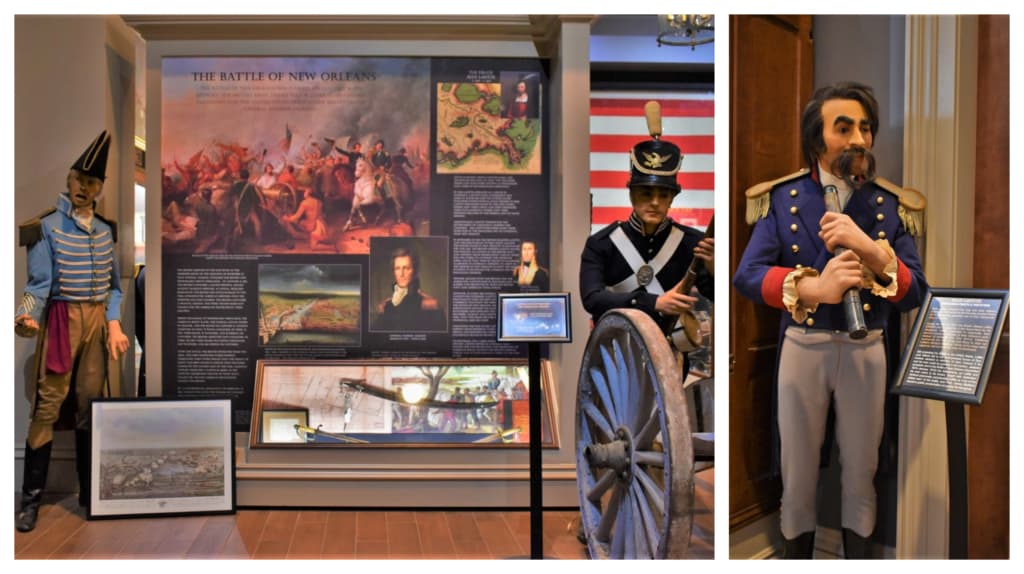
Defending the Region
The United States had won its freedom only a few decades before this point. The War of 1812 was Britain’s last major conflict with the United States. It brought to bear not only these two nations but also drew in Spain and France. While the Revolutionary War had gained freedom, this would bring an end to British occupancy in the U.S. The need to secure the borders created an unusual situation that called for unusual solutions. The Battle of New Orleans would see Andrew Jackson team up with pirate Jean Lafitte to defeat the British forces. At the Cabildo, in New Orleans, we had learned about this key battle for control over the river and the surrounding territory.
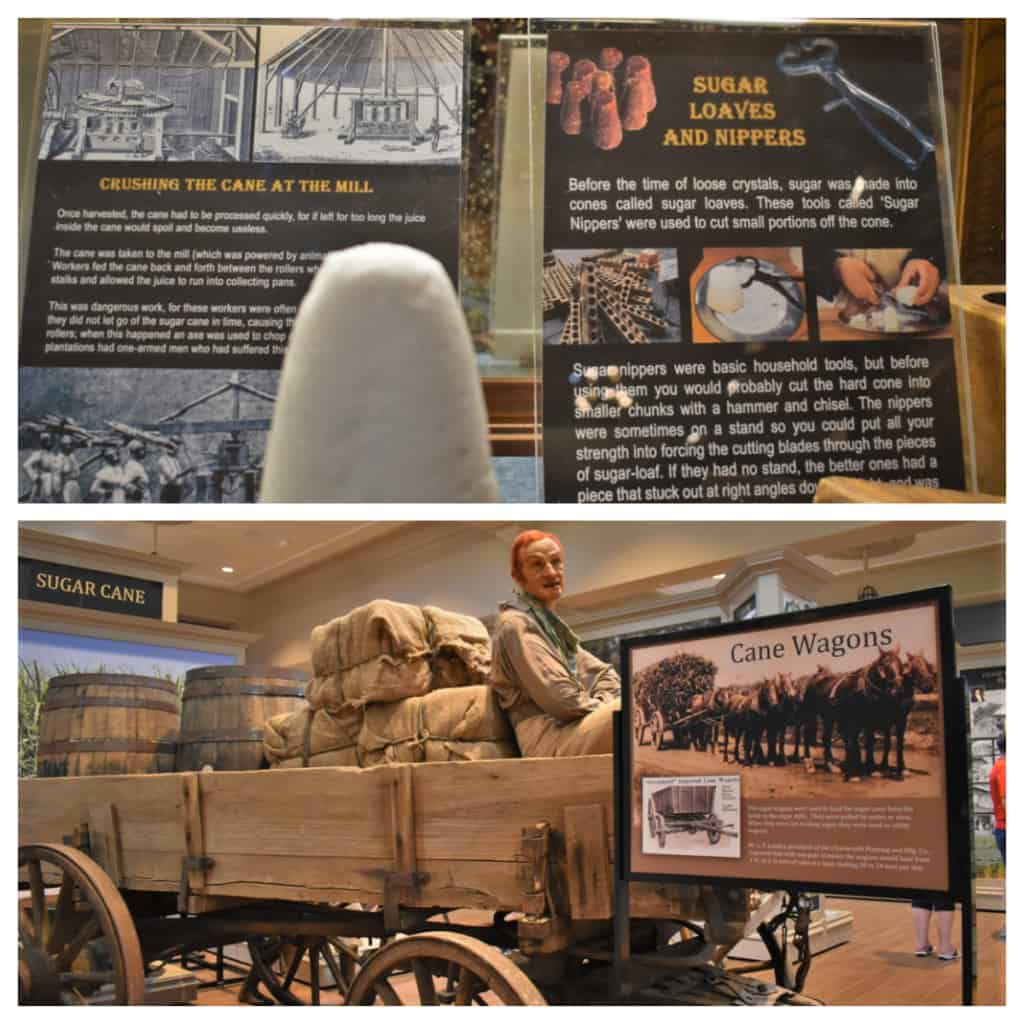
Bumper Crops
With the argument over ownership ended, it was time to move forward with taming the lands along the Mississippi River. In the Louisiana River Parishes region, the lands were divvied up for the development of plantations. The landholdings in this area ranged from small one or two-acre farms to the immense sugar plantations that occupied hundreds of acres. The common bond between these was navigating the Mighty Mississippi to get goods to market. New Orleans would become the hub for transportation to the East and Midwest. The time of the steamboats was reaching its pinnacle.
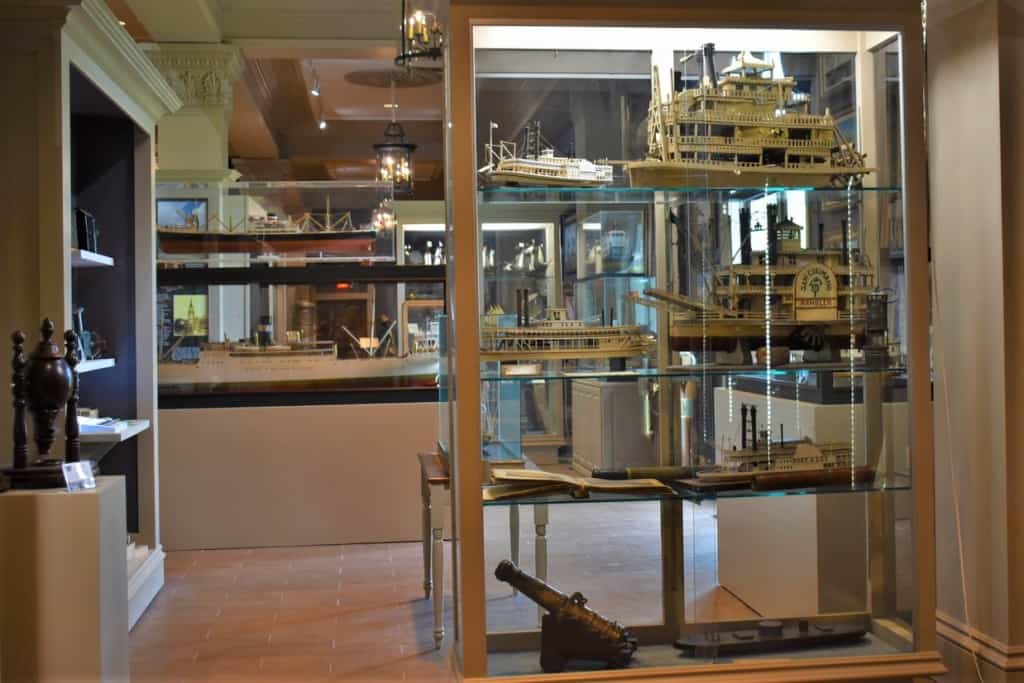
Navigating the Mighty Mississippi
After the War of 1812, there were about 20 ships plying the waterway along the Mississippi River. Now that peace had come to the land, this number quickly escalated. By the 1830s there were more than 1200. The plantations were directly tied to the steamboats, as it was the easiest way to reach their customers. The typical steamboat was constructed of wood and designed to navigate the rivers. They came in a variety of sizes with some nearly 300 feet long and up to 80 feet wide. These massive ships needed seasoned captions to navigate the Mighty Mississippi. To aid in this, the Army Corps of Engineers worked diligently to remove sandbars and other obstacles in the waterways.
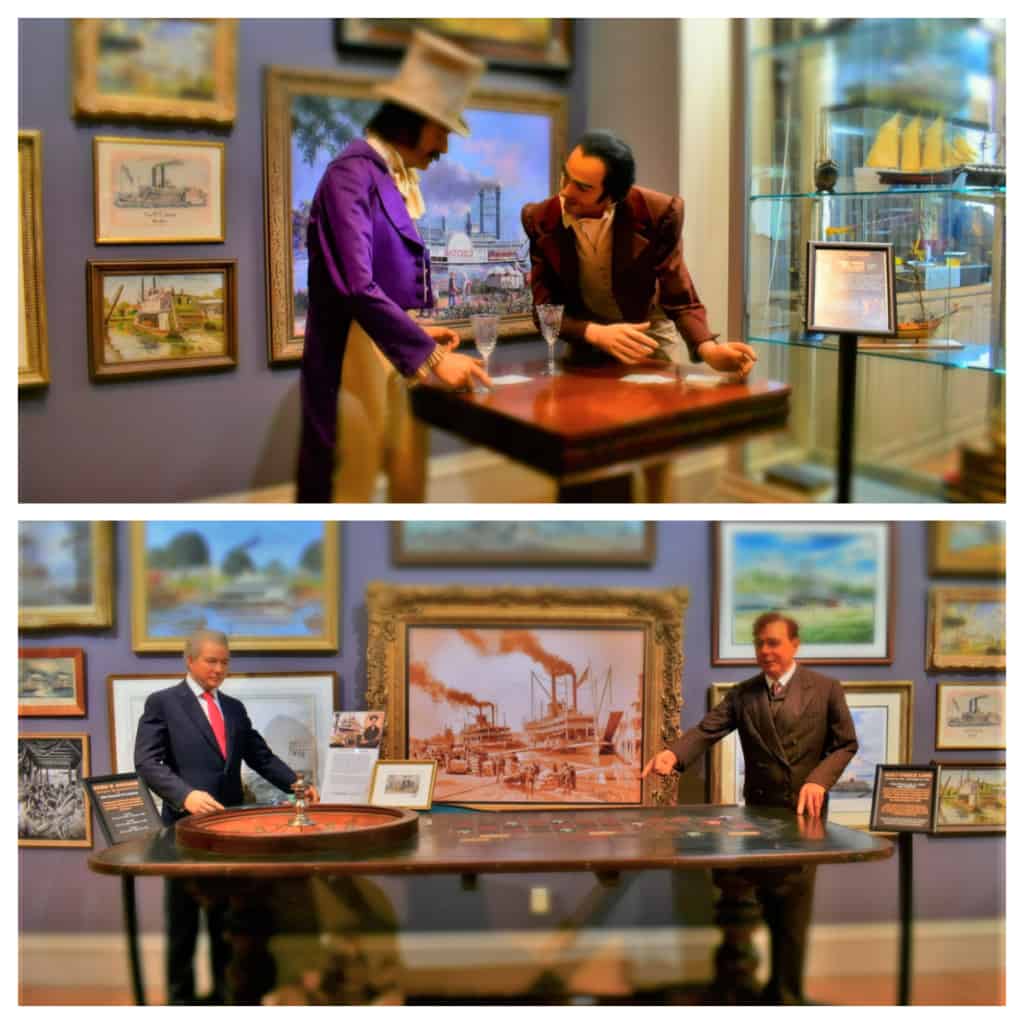
Gambling on the River
As with any venture, people will look for ways to profit from others. With a large number of people traveling on steamboats, clever businesspeople found ways to earn a living. Gambling was an easy form of entertainment and quite profitable. Many jurisdictions had laws prohibiting this activity on land. In the middle of a river, people were free to partake. This continues even today, as there are many cities that have “floating” casinos that are all but land-locked.
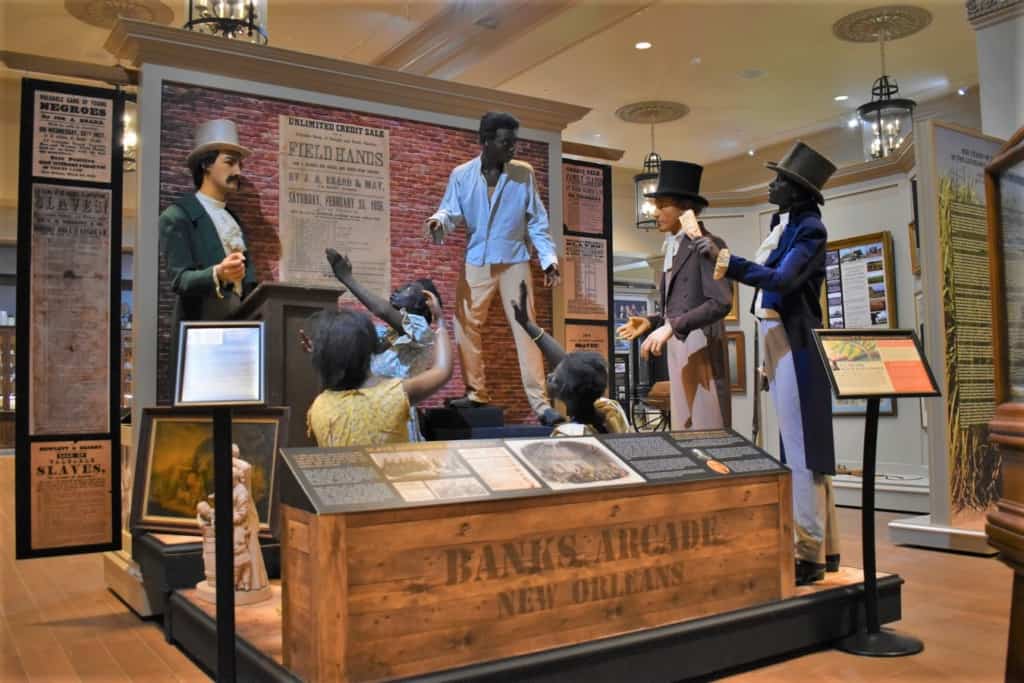
New Exhibits
Much like Westward Expansion, the Great River Road Steamboat Museum continues to evolve. New exhibits are being added that will focus on the plight of the enslaved. It was on the backs of these people that the fortunes of the sugar barons were built. We hope to have an opportunity to return, at a future date, to see the completed exhibits. We are sure they will be as diligent in the details as they have been with their other displays.
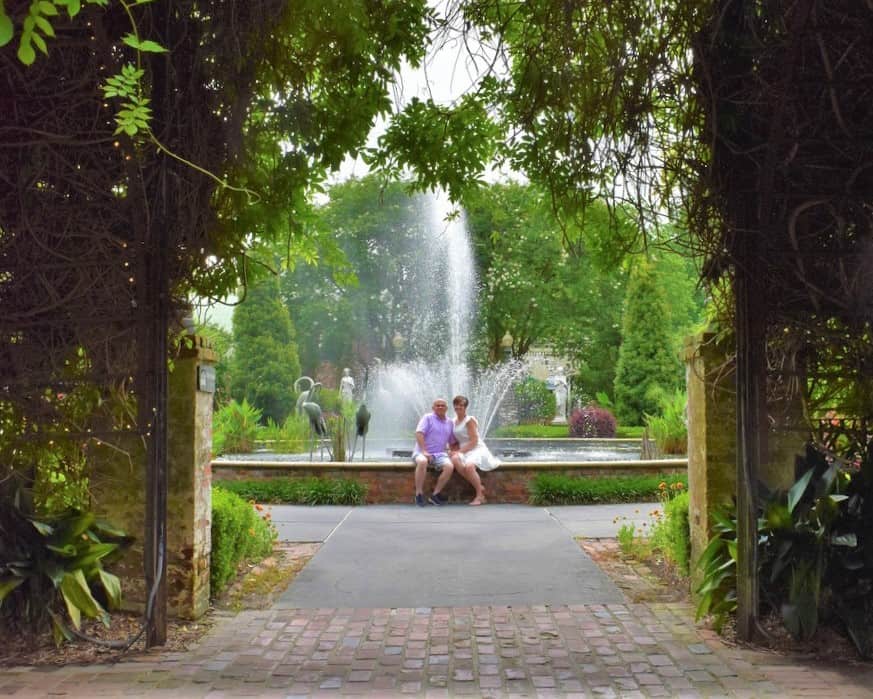
One Final Pause
Visiting the plantations in the Louisiana River Parishes can be an eye-opening experience. It’s a chance to walk through over 250 years of history that encompasses so many cultures. Houmas House, and its accompanying attractions, was a good start for exploring the lives of those who came before. With a better understanding of how the region developed, we were prepared to learn more of the background of the different peoples who formed this history. We couldn’t wait to do more exploring.


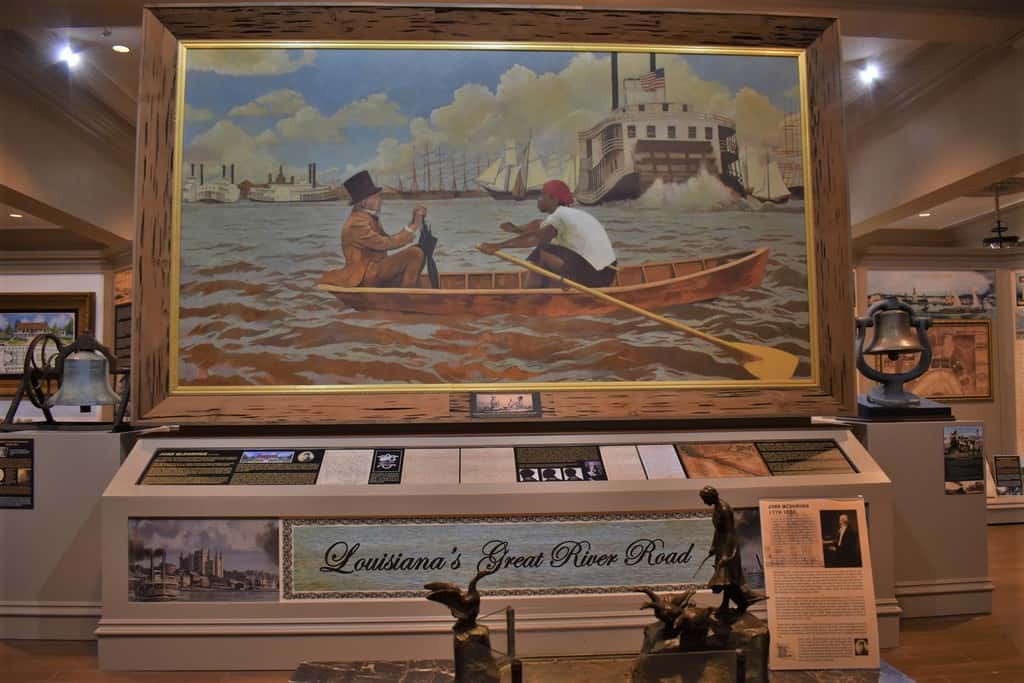
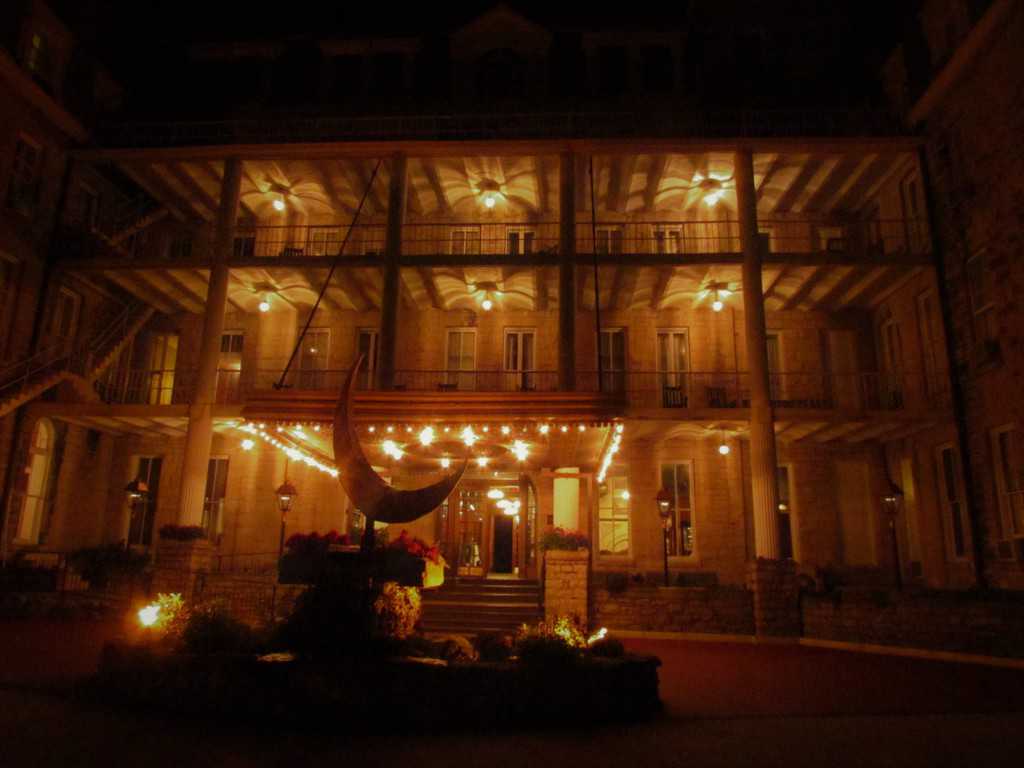
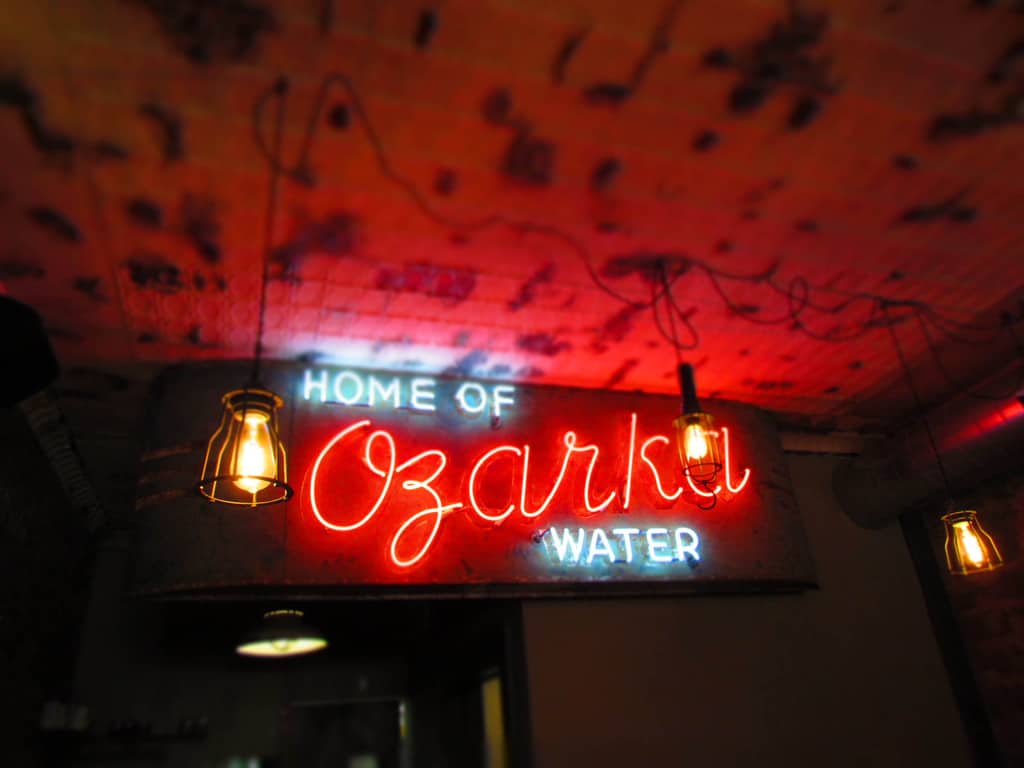
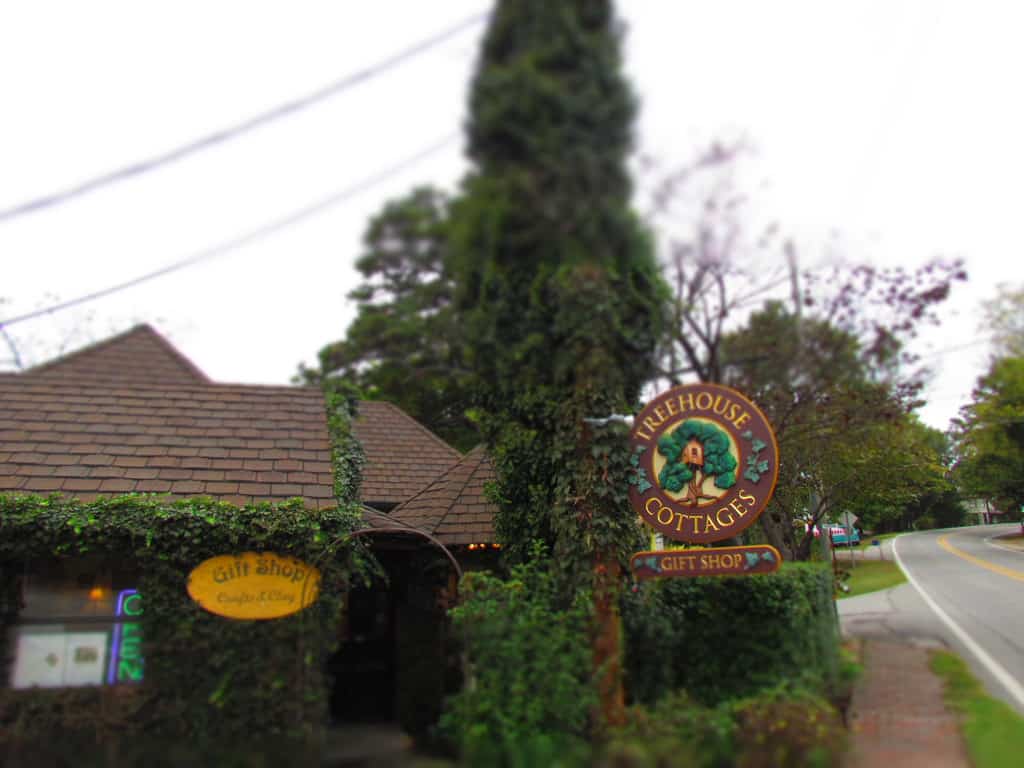
I wonder what it’s like to actually live in a house.museum like that. You’ve once again given more interesting museums to put on my list — especially one in a state like Louisiana where I have traveled very little.
We can only imagine he amazement to awake every day in such a majestic home. We certainly hope you get to see it someday.
What an exceptional place to visit, I love museums like this that showcase the history and lifestyle of the area. The dioramas and vignettes shown are really fantastic especially with the costumed figures in authentic reproductions. I would love to visit someday.
It was quite an experience. The figures actually came from a wax museum that had closed down.
Wow, this is truly a hidden gem you have given to us although I thought in the beginning that I would find out more about the song Ol’ Man River. But the history you shared put the Mighty Mississippi in a whole lot of context.
Funny, but I never thought about the name being associated with the song. It’s just one of the many names for America’s mighty river.
Absolutely amazing. I hadn’t known how the region developed. Glad you arrived at Houmas House early giving you ample time to explore.
Thanks for sharing the 250 years history.
So glad we were able to impart some of the histories.
It was a tragedy that the Musee Conti Wax Museum in New Orleans shut its doors. Noted New Orleans historians John Chase and Charles Dufour were among those involved in its creation. Its tableaux of wax figures had human hair, optical glass eyes, historically correct costumes, and explanations of each specially-crafted scene.
New Orleans suffered a loss with Musee Conti’s closure…A part of the city died that day… I remember how heart-wrenching it was to see the wax figures which helped many young and old visitors learn about New Orleans’s past piled like cord wood in the back of truck.
However, I was happy to see a number of former residents of Musee Conti gracing this museum. I can only hope that they help foster an interest in New Orleans and Louisiana history as Musee Conti Wax Museum did when I first visited it as a 13-year old boy. Those wax creations helped inspire me to become a Louisiana History teacher for 35 years and attempt to pass on an appreciation of the history of New Orleans and Louisiana as a whole.
We are so happy that the pieces were able to get a second chance to educate people, in their new roles. It really helps bring history to life when they can set a scene from the past.